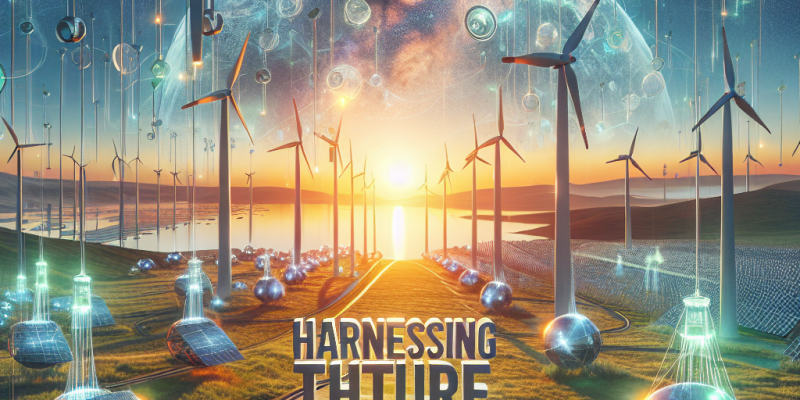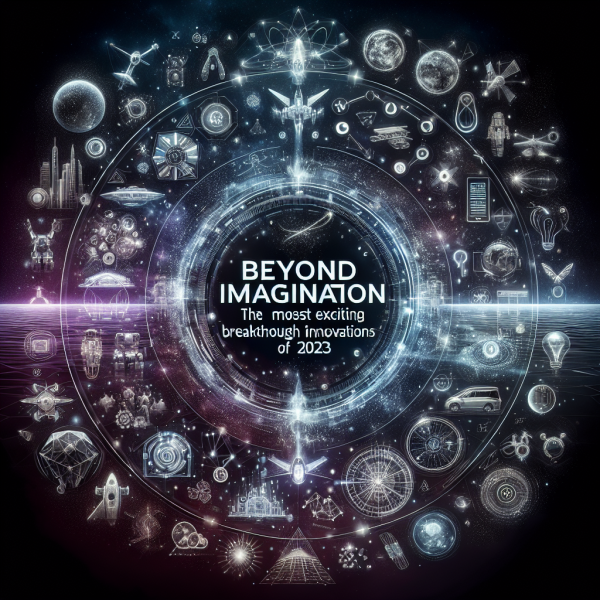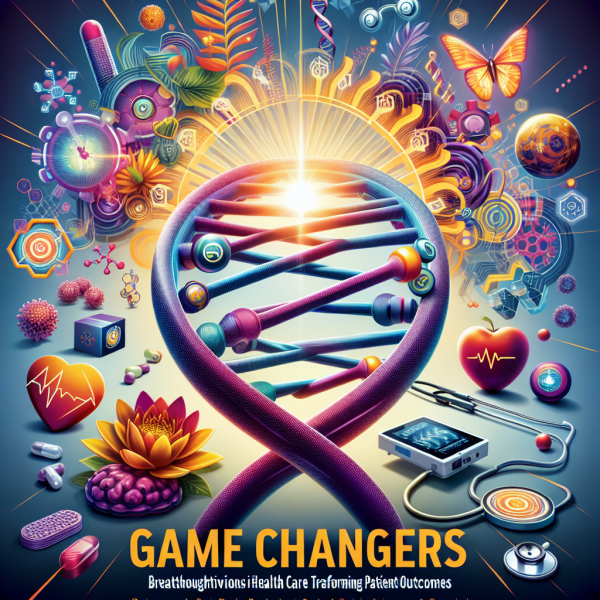Harnessing the Future: Cutting-Edge Breakthroughs in Renewable Energy

As the world navigates the pressing challenges of climate change and environmental degradation, renewable energy stands as a beacon of hope. The drive towards sustainable energy sources is not merely a trend, but an imperative for a healthier planet. Recent innovations are driving the evolution of renewable energy, making it more efficient, accessible, and integrated into our daily lives. Here, we explore some of the most remarkable breakthroughs that are shaping the future of renewable energy.
1. Advanced Solar Technologies
a. Bifacial Solar Panels
Traditional solar panels typically capture sunlight from one side, but bifacial solar panels can harness solar energy from both sides. By reflecting sunlight from the ground and adjacent surfaces, these panels can produce up to 30% more energy, making them a more efficient option for solar farms.
b. Perovskite Solar Cells
Perovskite materials have gained attention for their high efficiency and low production cost. These cells can achieve similar efficiencies to traditional silicon-based solar panels but can be manufactured at a fraction of the cost. Researchers are now seeking to enhance their stability, which could lead to widespread commercial adoption.
2. Wind Energy Innovations
a. Floating Wind Farms
Traditional offshore wind farms require fixed foundations, limiting their placement to shallow waters. Floating wind technology allows turbines to be stationed in deeper waters, where wind speeds are higher and more consistent. This advancement opens up vast new areas for wind energy generation, significantly increasing global potential.
b. Autonomous Drones for Maintenance
Maintenance of wind turbines can be costly and complicated. Autonomous drones equipped with advanced imaging technologies can inspect turbines quickly, identifying issues before they develop into major problems. This reduces downtime and operational costs, making wind energy more economically viable.
3. Energy Storage Solutions
a. Solid-State Batteries
One of the biggest challenges in renewable energy is storage. Solid-state batteries, which utilize a solid electrolyte instead of a liquid one, promise increased safety, energy density, and longevity. As they become commercially available, these batteries could revolutionize electric vehicles and renewable energy integration.
b. Pumped Hydro Storage Enhancements
Pumped hydro storage has been a longstanding method for balancing energy supply and demand. Innovations in materials and pumping technologies are enhancing the efficiency of these systems, making them a more effective option for large-scale energy storage.
4. Geothermal Energy Potential
Geothermal energy, often underutilized, is witnessing a renaissance due to improved drilling techniques and enhanced geothermal systems (EGS). By using advanced technology to create artificial reservoirs in hot rock formations, the potential for geothermal energy generation expands significantly. This sustainable energy source can provide a consistent and reliable supply of power, regardless of weather conditions.
5. Hydrogen Economy
a. Green Hydrogen Production
Hydrogen is emerging as a key player in the renewable energy landscape, particularly when produced through electrolysis using renewable energy sources. Called green hydrogen, this process offers a clean alternative to fossil fuels, with potential applications in transportation, industry, and energy storage.
b. Hydrogen Fuel Cells
Fuel cell technology is advancing, enabling the use of hydrogen for powering vehicles and generating electricity. As the infrastructure for hydrogen fueling stations expands, this clean technology could play a crucial role in reducing emissions in transportation and industrial sectors.
6. Smart Grids and AI Integration
The integration of AI and machine learning into energy management systems is crucial for optimizing renewable energy sources. Smart grids can distribute energy more efficiently, accommodating fluctuations from intermittent sources like wind and solar. Advanced analytics predict energy demand and supply patterns, enhancing the reliability and stability of the grid.
Conclusion
The transition to renewable energy is not just a vision for the future; it is unfolding now through groundbreaking technologies and innovations. As we harness these advancements, we move closer to a sustainable energy landscape that can power our lives while preserving the planet for future generations. The commitment of governments, industries, and individuals alike to support these innovations will be pivotal in realizing a clean and energy-efficient future. In harnessing the power of renewable energy, we find not only solutions to today’s challenges but also the promise of a brighter tomorrow.














